Alexander Calder mobiles reimagined as gravity-defying still lifes
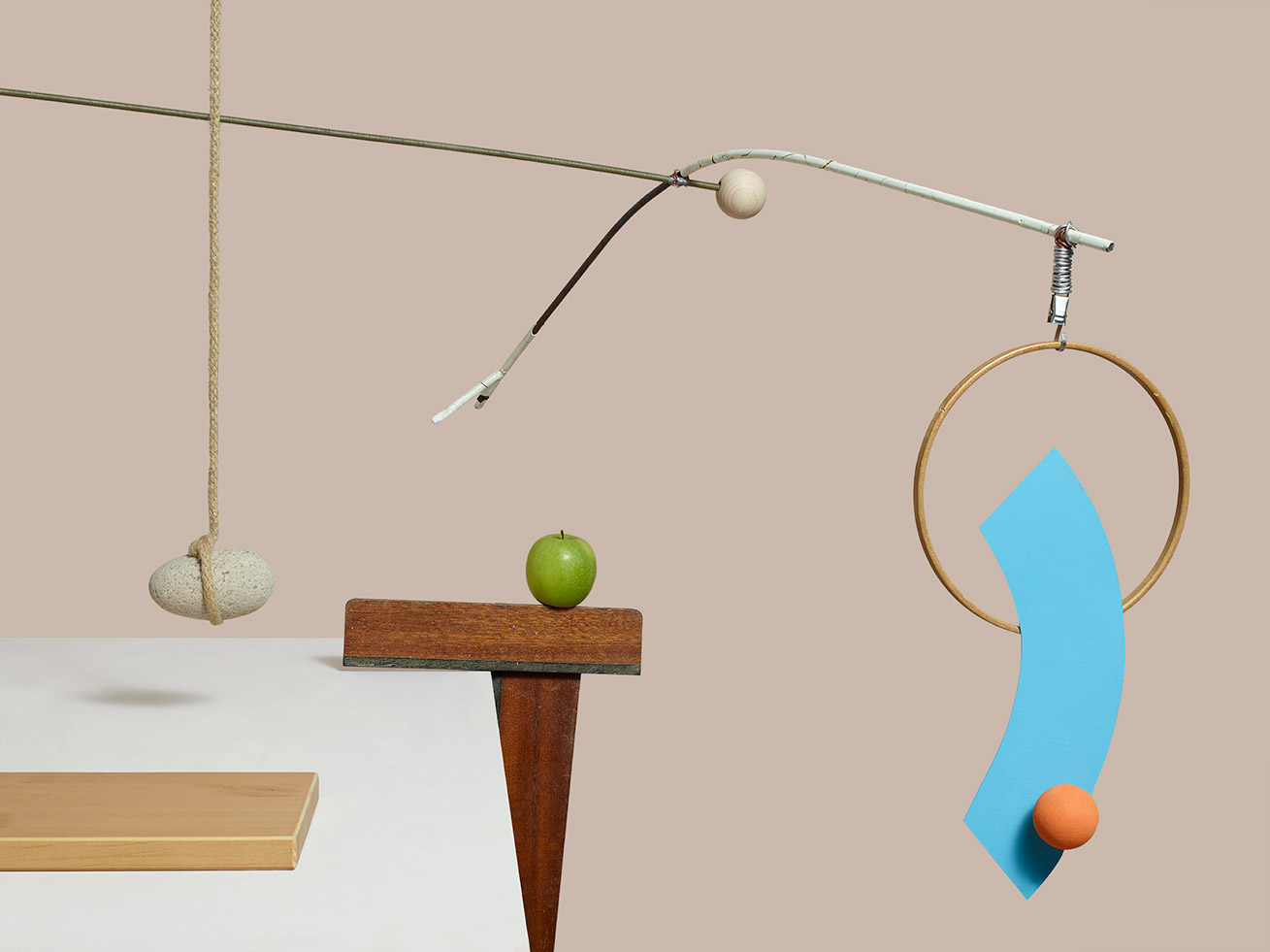
Alexander Calder’s iconic kinetic mobiles originated after a visit to Piet Mondrian’s studio in 1930. Inspired by a particularly dazzling room in the apartment – light was streaming in from both sides of the room illuminating a wall with coloured cardboard tacked on – the American sculptor suggested to his artist-friend that ‘perhaps it would be fun to make these rectangles oscillate’. A dour Mondrian retorted that it would be unnecessary, as his painting was ‘already very fast’. Inspired, Calder left the studio and within a year had done what Mondrian declined to: made abstract art move.
So we were tickled to see the American sculptor’s pioneering works upended and reimagined as modern-day still lifes by photographer William Bunce and Lisa Jahovic, an art director and set designer. The London-based pair have been collaborating for six months – predominantly working on a conceptual film about their protagonist, a ball named Lee – but took time out of their schedules to pay homage to the Calder with a personal series of whimsical sculptures of their own.
We caught up with Bunce and Jahovic to find out more about their balancing act...
W*: What prompted you to create this series inspired by Calder?
WB/LJ: The idea of objects being animate and inanimate, which we have been developing in our film project, and Calder being an artist who always came up in regards to his kinetic sculptures. It was a swift turnaround – maybe a week. We played around quite organically on the day.
Your mobiles incorporate real objects such as apples and rocks – how did you go about selecting these and is there any sort of fun meaning behind them?
A few ‘real’ objects are interspersed within the series, playing with domesticity and reality, which are regular themes within our work. The apple, lemon and stone are matters of life that we can relate and scale to. Also, there’s a cheeky nod to Magritte – the master of utilising the humble apple.
The yellow and blue elements are signature Calder, but it appears you’ve excluded red. Was this purely an aesthetic choice?
Engaging with colour palettes is key to Lisa’s style and something that together we recognise as important within the work we make together and try to refine and consider as much as possible. Calder is predominantly known for his use of monochrome and primary colours, but we chose to have a more natural, tonal approach to correspond with our use of organic set and props. We used a fleshy tone and then adopting two of Calder’s primary colours to be the bright shapes. There was no place for red – sorry, red.
Are there any Calder works in particular that you looked at for reference?
We both had visited the Calder retrospective in 2015 at the Tate Modern, and had discussed how we had been so drawn in by the seemingly simple and gravity-defying sculptures. One of our main references for the series was Untitled, 1937, which appears elementary in its design with strong shapes and striking primary colours – it’s an icon.
What was the trickiest part of the shoot?
It was quite the balancing act. The scale of the sculptures that Lisa made were actually rather large, and although the final aesthetic appears flat to camera, in reality the set was pretty deep, with the arms shooting off in all directions, dancing around – it was a game, taming the wildness of the sculpture. We wanted the sculptures to be freestanding and shot in camera without supports. We learned that gravity is a pain – as we’re sure Calder did too!
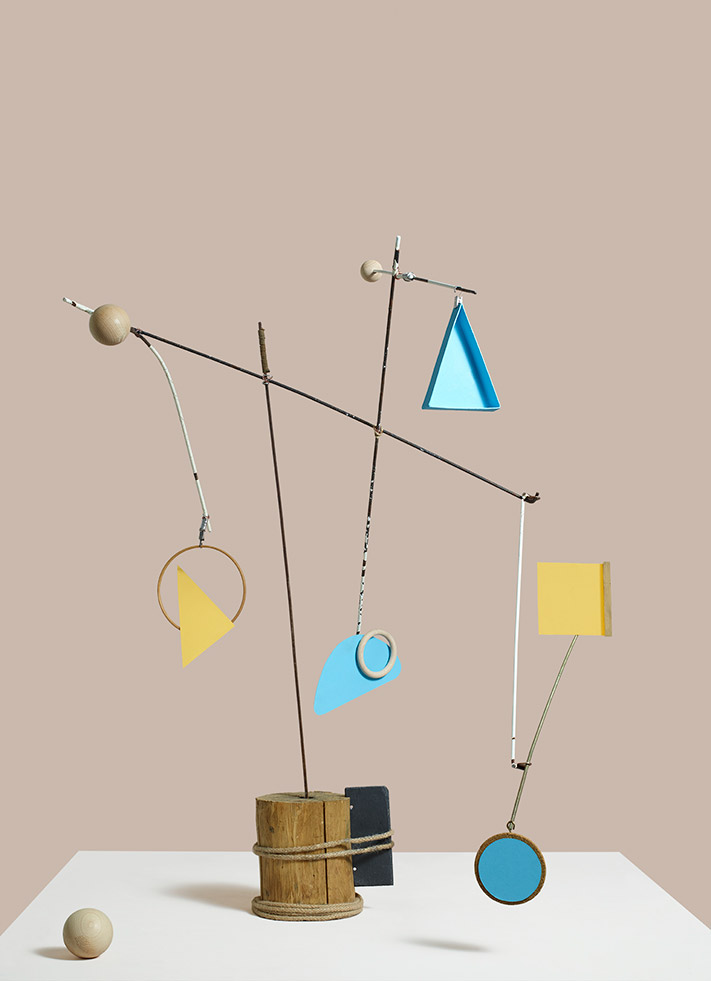
Set design: Lisa Jahovic
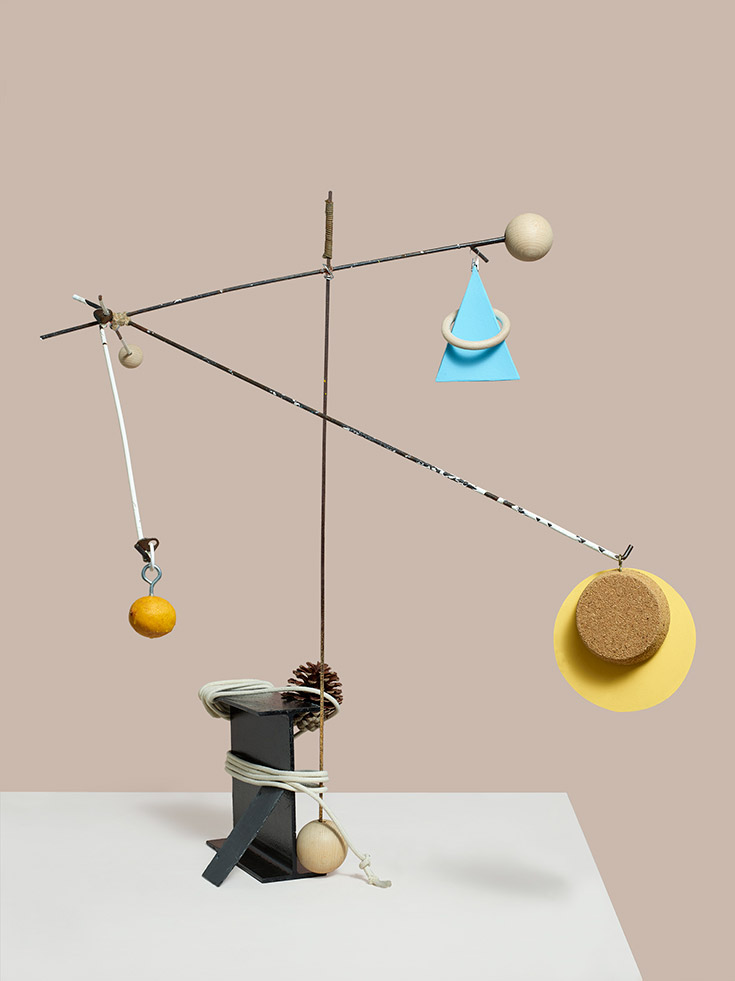
Set design: Lisa Jahovic
Information
For more information, visit William Bunce’s website and Lisa Jahovic’s website
Receive our daily digest of inspiration, escapism and design stories from around the world direct to your inbox.
-
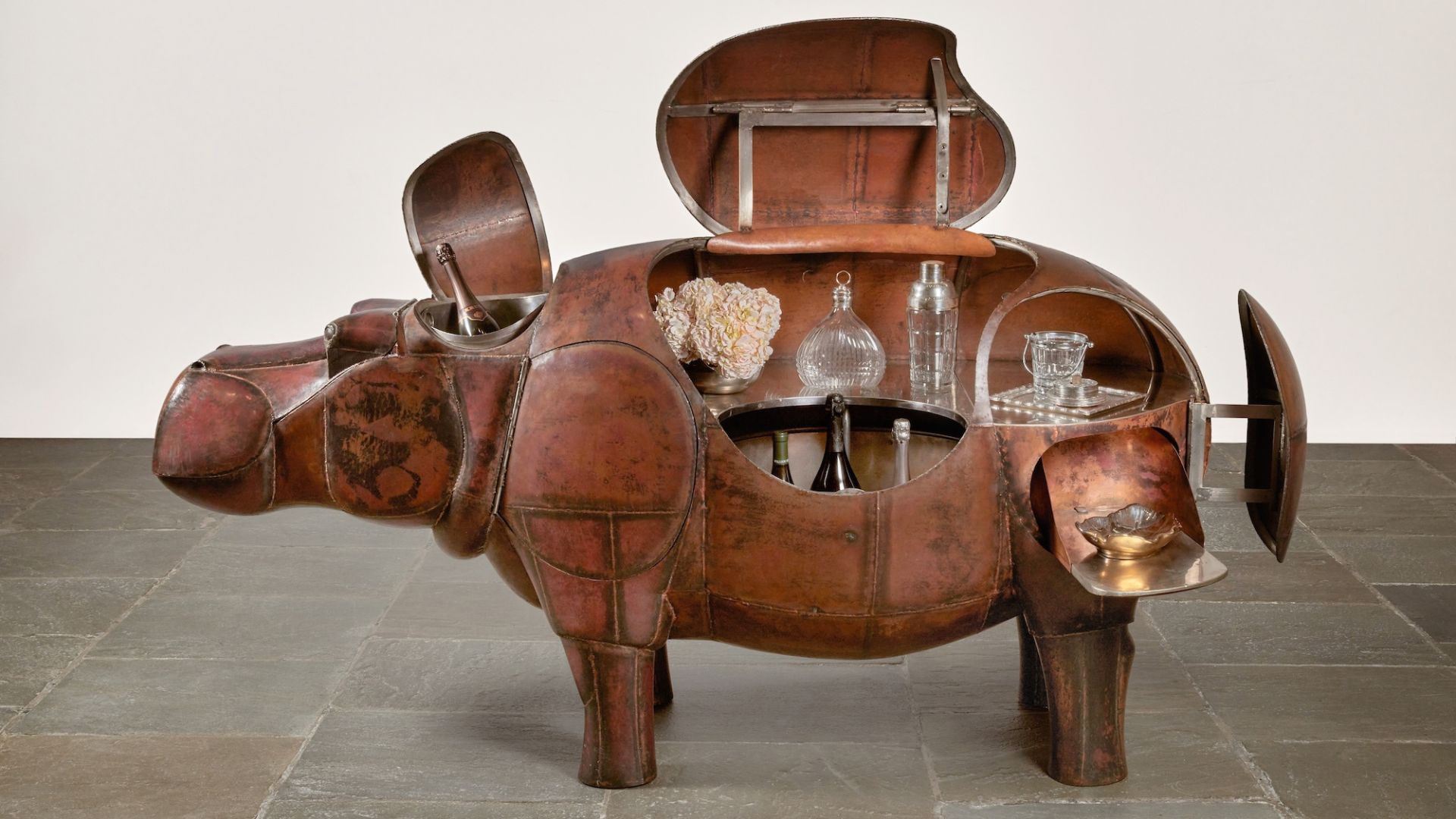 At $31.4 million, this Lalanne hippo just smashed another world auction record at Sotheby’s
At $31.4 million, this Lalanne hippo just smashed another world auction record at Sotheby’sThe jaw-dropping price marked the highest-ever for a work by François-Xavier Lalanne – and for a work of design generally
-
 NYC’s first alcohol-free members’ club is full of spirit
NYC’s first alcohol-free members’ club is full of spiritThe Maze NYC is a design-led social hub in Flatiron, redefining how the city gathers with an alcohol-free, community-driven ethos
-
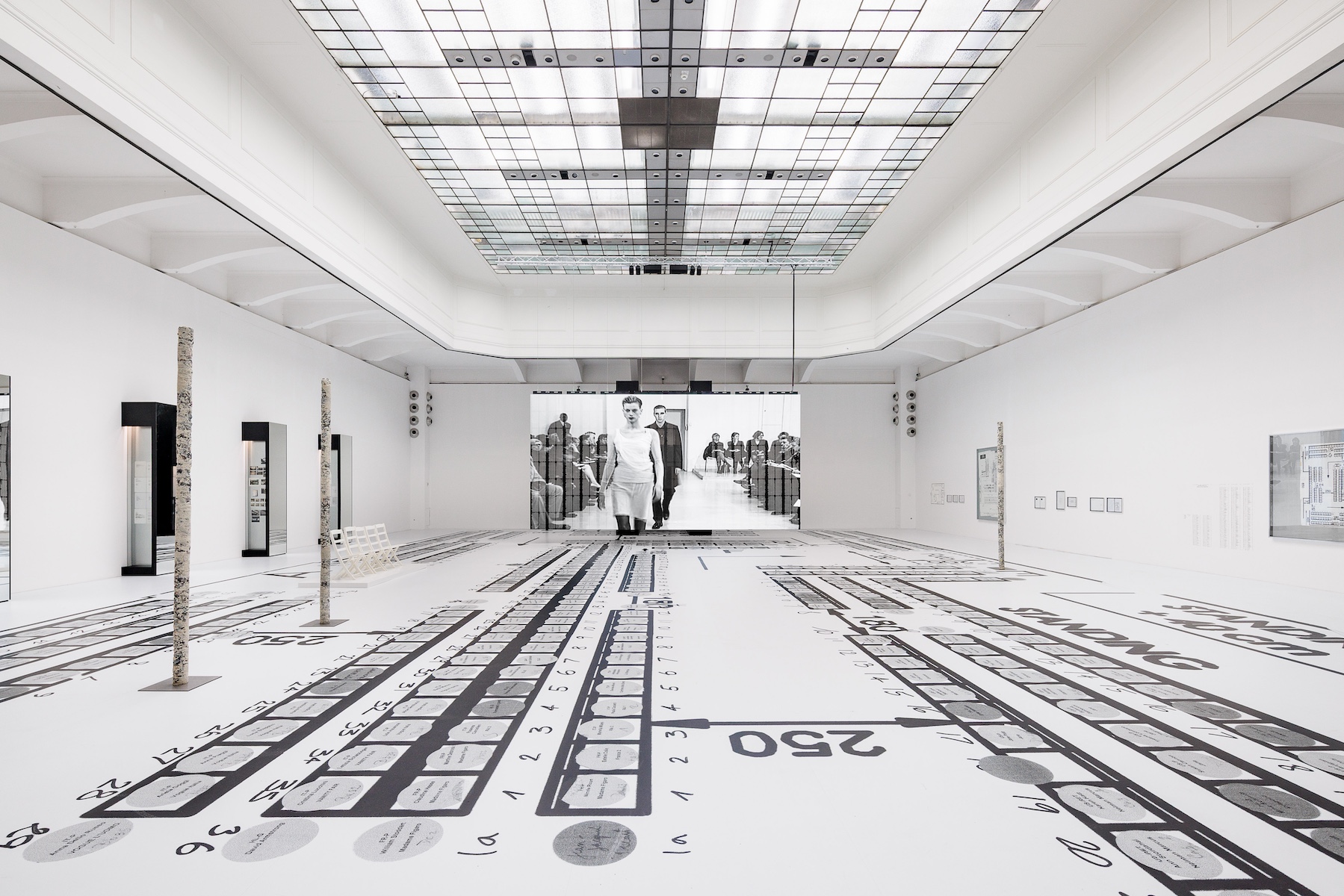 Inside Helmut Lang’s fashion archive in Vienna, which still defines how we dress today
Inside Helmut Lang’s fashion archive in Vienna, which still defines how we dress todayNew exhibition ‘Séance de Travail 1986-2005’ at MAK in Vienna puts Helmut Lang’s extraordinary fashion archive on view for the first time, capturing the Austrian designer-turned-artist’s enduring legacy
-
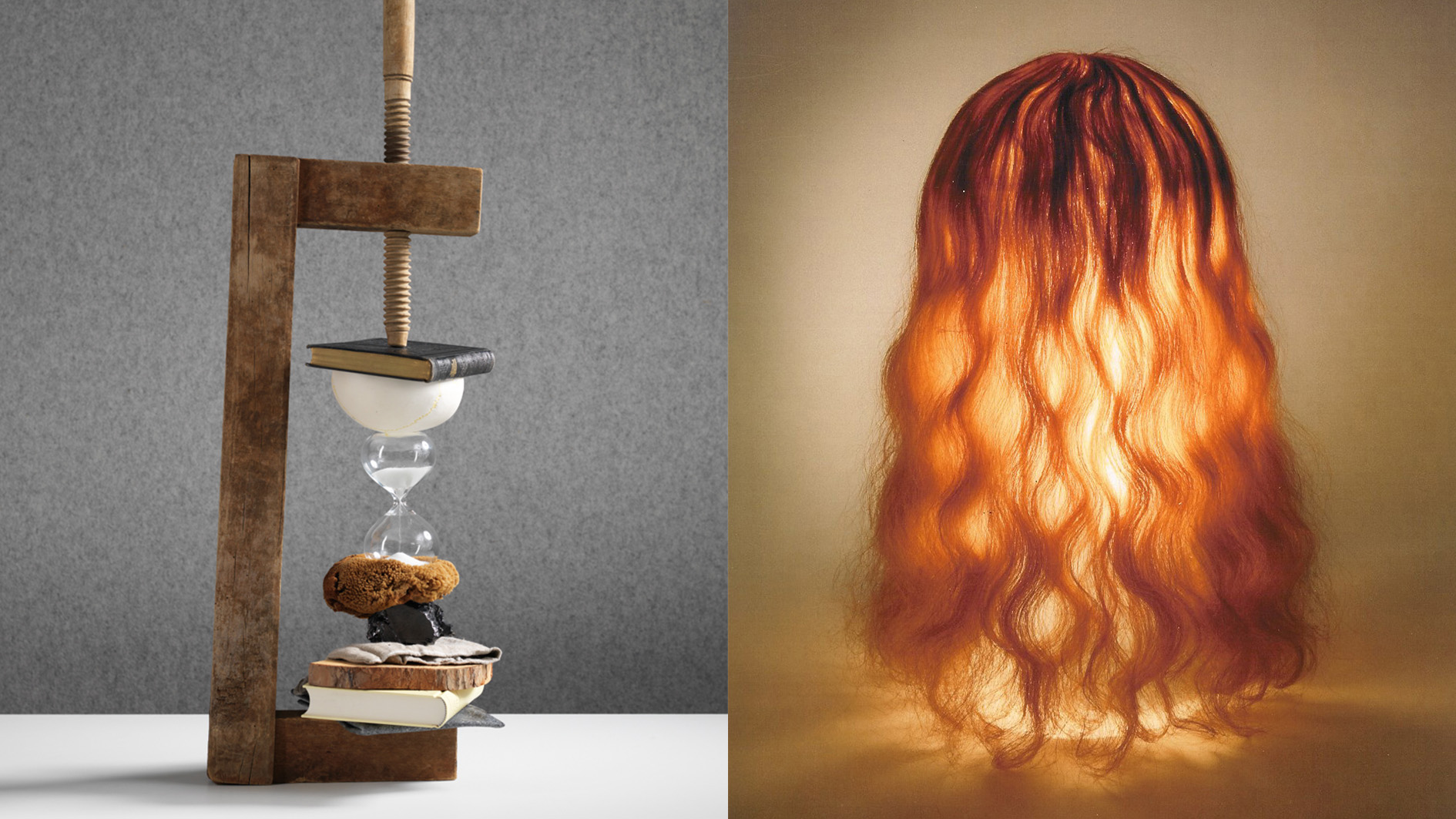 Rolf Sachs’ largest exhibition to date, ‘Be-rühren’, is a playful study of touch
Rolf Sachs’ largest exhibition to date, ‘Be-rühren’, is a playful study of touchA collection of over 150 of Rolf Sachs’ works speaks to his preoccupation with transforming everyday objects to create art that is sensory – both emotionally and physically
-
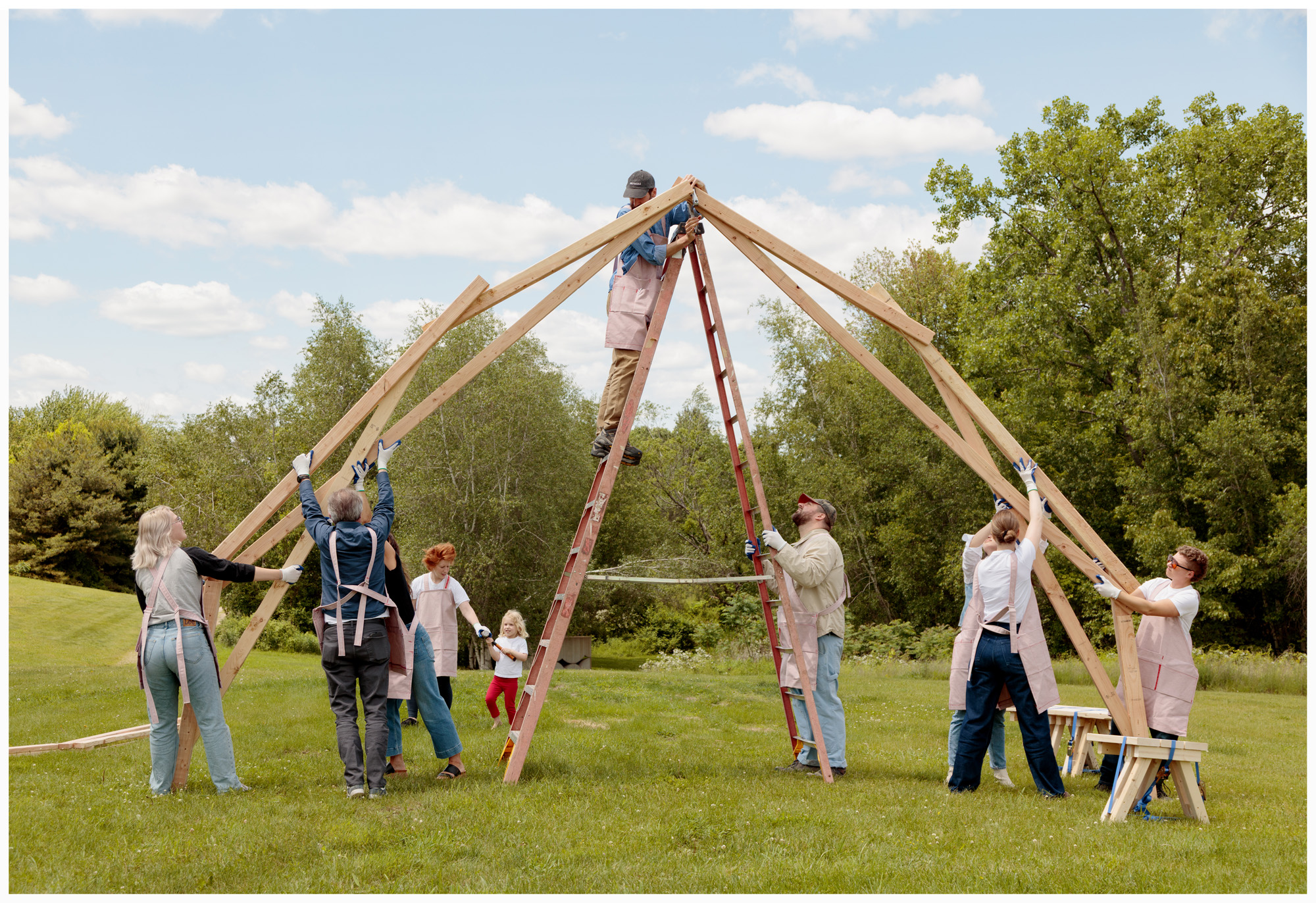 Architect Erin Besler is reframing the American tradition of barn raising
Architect Erin Besler is reframing the American tradition of barn raisingAt Art Omi sculpture and architecture park, NY, Besler turns barn raising into an inclusive project that challenges conventional notions of architecture
-
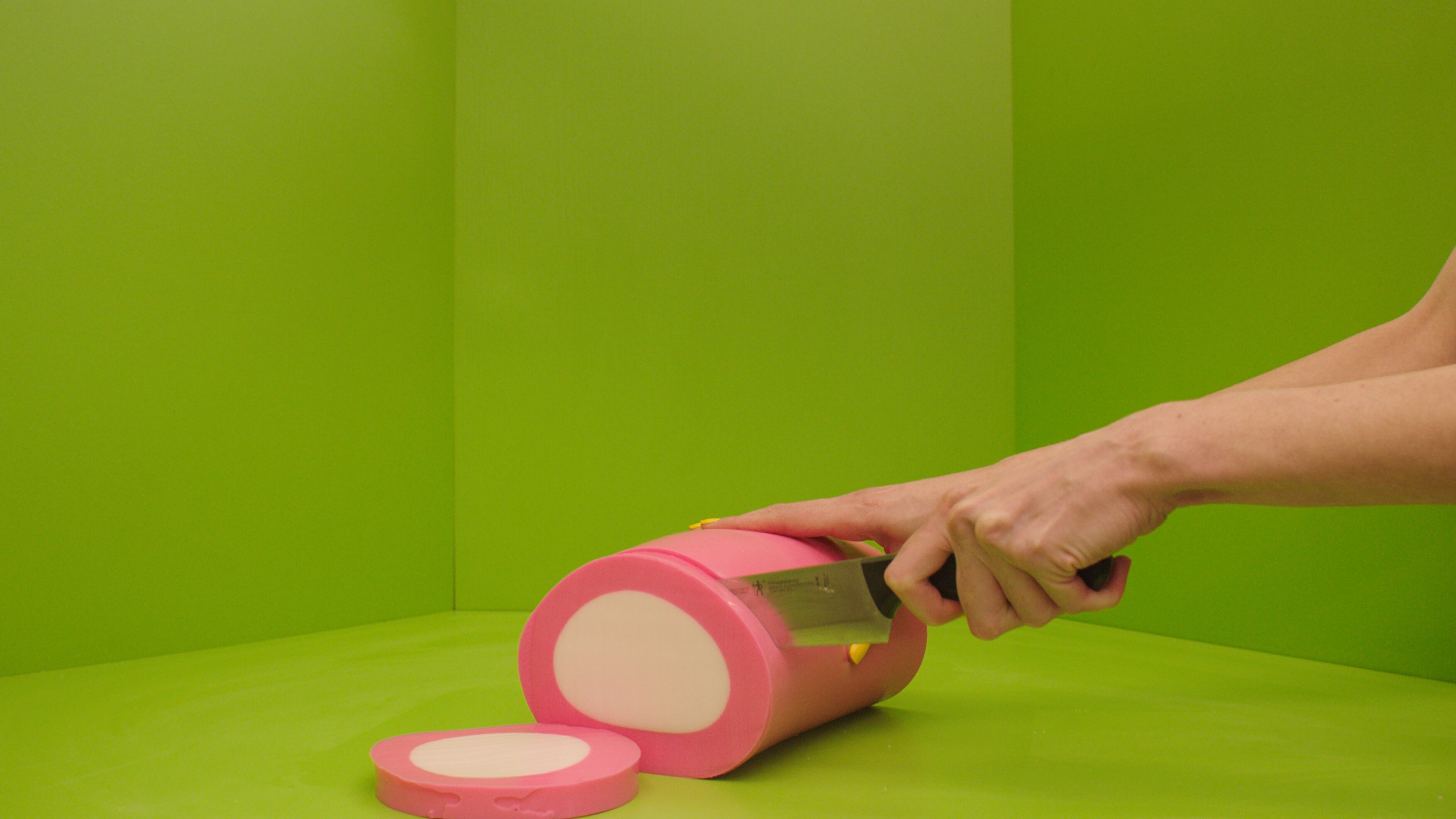 What is recycling good for, asks Mika Rottenberg at Hauser & Wirth Menorca
What is recycling good for, asks Mika Rottenberg at Hauser & Wirth MenorcaUS-based artist Mika Rottenberg rethinks the possibilities of rubbish in a colourful exhibition, spanning films, drawings and eerily anthropomorphic lamps
-
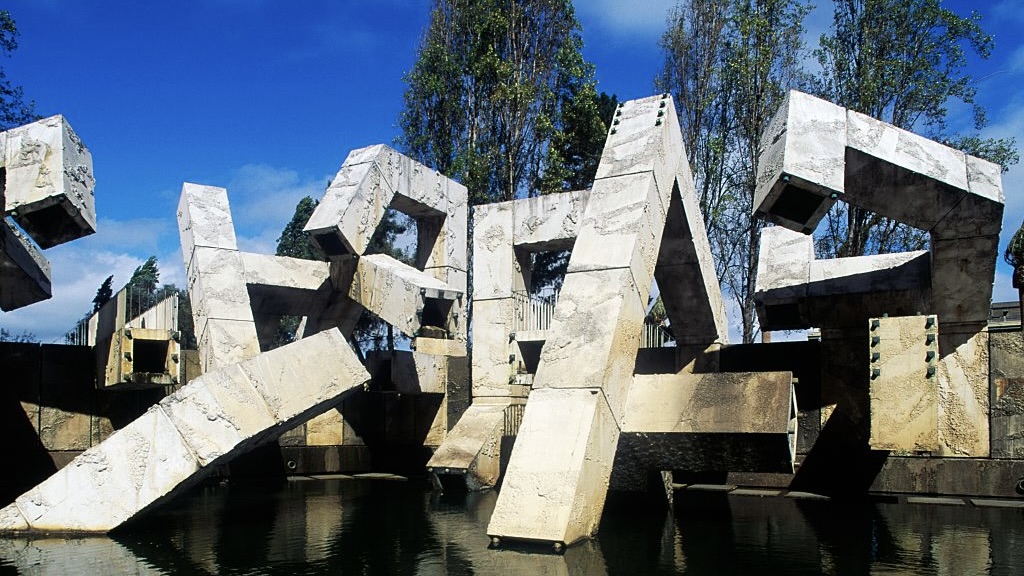 San Francisco’s controversial monument, the Vaillancourt Fountain, could be facing demolition
San Francisco’s controversial monument, the Vaillancourt Fountain, could be facing demolitionThe brutalist fountain is conspicuously absent from renders showing a redeveloped Embarcadero Plaza and people are unhappy about it, including the structure’s 95-year-old designer
-
 See the fruits of Niki de Saint Phalle and Jean Tinguely's creative and romantic union at Hauser & Wirth Somerset
See the fruits of Niki de Saint Phalle and Jean Tinguely's creative and romantic union at Hauser & Wirth SomersetAn intimate exhibition at Hauser & Wirth Somerset explores three decades of a creative partnership
-
 Technology, art and sculptures of fog: LUMA Arles kicks off the 2025/26 season
Technology, art and sculptures of fog: LUMA Arles kicks off the 2025/26 seasonThree different exhibitions at LUMA Arles, in France, delve into history in a celebration of all mediums; Amy Serafin went to explore
-
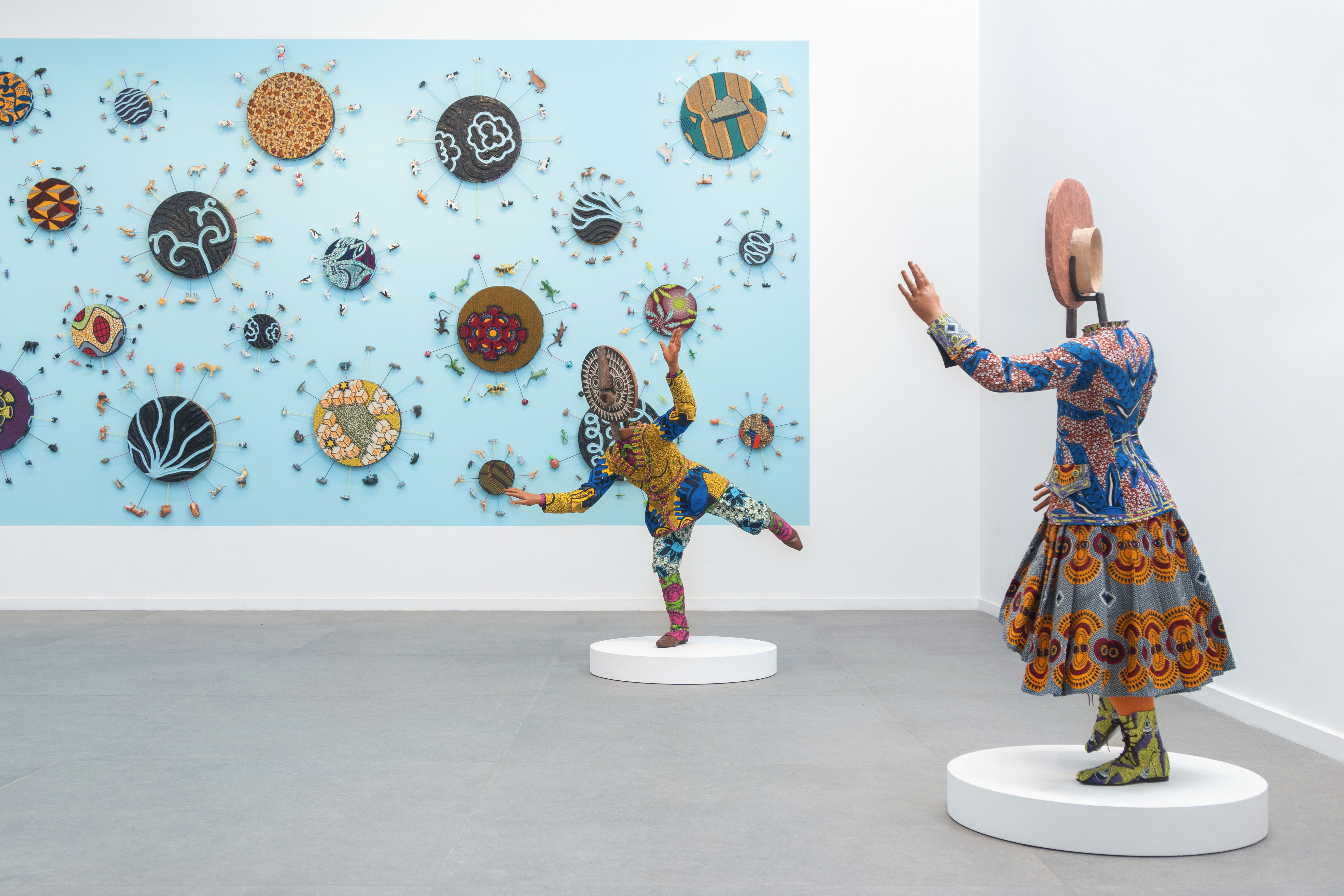 Inside Yinka Shonibare's first major show in Africa
Inside Yinka Shonibare's first major show in AfricaBritish-Nigerian artist Yinka Shonibare is showing 15 years of work, from quilts to sculptures, at Fondation H in Madagascar
-
 Inside Jack Whitten’s contribution to American contemporary art
Inside Jack Whitten’s contribution to American contemporary artAs Jack Whitten exhibition ‘Speedchaser’ opens at Hauser & Wirth, London, and before a major retrospective at MoMA opens next year, we explore the American artist's impact